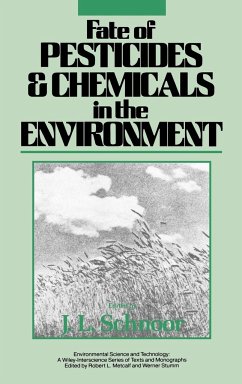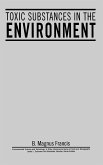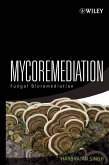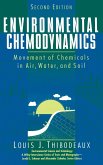With increasing population and industrialization, our negative impact on our environment is no longer limited to coastal and surface waters or to urban air; it is necessary to examine the movement of chemical pollutants over vastly greater areas. Oceans, deep groundwater aquifers, and even the stratosphere are significantly affected. The mechanisms by which pollutants reach these areas, how they migrate and are transformed through physical and biochemical processes, and their ultimate effects are the topics at the forefront of environmental science. This volume addresses the fate of chemical pollutants in our air, water, and soil. The result of a historic collaboration between eminent Russian and American scientists, Fate of Pesticides and Chemicals in the Environment contains new predictive models of transport and transformation from many of the leading scientists in this area of research. Numerous informative chapters analyze the biotransformation of organic chemicals and pesticides, atmospheric deposition of toxic pollutants in the Great Lakes and elsewhere, the transport of volatile organic compounds and pesticide residues through surface soil, and many other important problems in the field. The sources and pathways of pollutants into all areas of the environment are thoroughly explored; the role of free radicals in chemical transformations, surface and bottom sediment redox reactions in water, the contribution of microbial degradation, and considerations for in situ biorestoration are just a few of the complex issues addressed. The book also contains comprehensive information on pesticide labeling laws and groundwater protection which will be of interest to all soil and water chemists and environmental engineers.
Bitte wählen Sie Ihr Anliegen aus.
Rechnungen
Retourenschein anfordern
Bestellstatus
Storno









